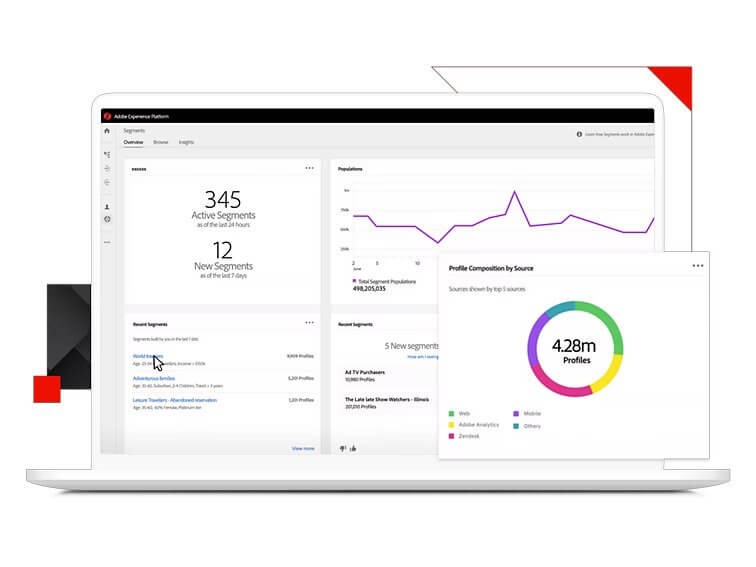It’s no secret that microservices architecture is all the rage right now in the world of ecommerce. Here, we’ll examine microservices architecture and how it can benefit your business.
CUPERTINO, CALIFORNIA | NOW THEN DIGITAL — Microservices architecture is a hot topic in the world of ecommerce right now. The goal of this article is to tackle the meaning of microservices architecture and how it can benefit your business in the long run.
Ecommerce microservices architecture
In a nutshell, microservices architecture is a style of software development that involves breaking down your application into smaller pieces. The idea behind it is to make sure that each piece of your application has one purpose and performs one task.
The term “microservice” was coined by Fred George in 2009 while working at ThoughtWorks. He wrote an article on the subject and gave it this name because he said they are small compared to monolithic applications: they’re easier to understand, simpler to change, testable, and scalable.
“Adobe Commerce lets you manage various brands and channels and expand into new countries.”
The benefits of ecommerce microservices architecture for your online business

If you want to improve the speed of development, you need to get a microservices architecture in place. It allows you to develop faster by allowing teams to work on different components independently.
The same goes for flexibility and scalability; they’re both improved by using this approach.
Reducing costs is another major benefit of the ecommerce microservices architecture. You’ll save money because there are fewer moving parts and less technical debt than with other architectures like monoliths or SOA (service-oriented architecture).
This makes it easier for your team members to understand each part of your system, enabling them to find problems more efficiently.
What’s different about ecommerce microservices architecture?
Microservices architecture is a software design pattern that decomposes an application into small, independent services.
The idea behind microservices is simple: break down your monolithic application into smaller pieces. Each piece should be responsible for only one thing and do it well. This makes your applications easier to understand, build and maintain.
Many companies have found that splitting their applications up into services results in more robust software because the parts are easier to test independently of each other (you can even run them in different environments).
How does an ecommerce microservices architecture work?
At this point, you should have a good idea of what an ecommerce microservices architecture is and some of the benefits it provides. Now let’s dive into how this architecture works.
Ecommerce microservices architecture is a software design style that decomposes an application into small, independent services that work together. Each microservice is responsible for a single business capability and communicates with other microservices using well-defined APIs.
A service can be composed of multiple components, such as web APIs, background jobs, caches and queues. There are many ways to implement an ecommerce system using this model; however, there are three core concepts you’ll need to understand before getting started:
- Microservices are autonomous—they run in their own process space with their own database schema
- Services communicate through well-defined APIs
- Microservices must be able to scale independently
When should you build using a microservices architecture?

How can you tell if your business needs a microservices architecture? There are four main reasons to consider using a microservices architecture:
- Your business is growing.
- You want to scale.
- Your application has many different features or components that need updating frequently.
- You want to be able to update the software without downtime or loss of data, even when the system is live and being used by customers.
Microservices are the best way to build an ecommerce website because they allow you to scale your business as it grows.
Editor’s Note: We would appreciate it if you could let us know if any of our content is inaccurate or outdated at press@nowthendigital.com.
You’re reading nowthendigital.com — which breaks the news about Uganda, Kenya, Nigeria, South Africa and the rest of the world, day after day. Be sure to check out our homepage for all the latest news, and follow NOW THEN DIGITAL on YouTube, Google, Web Stories, Google News, Medium, Twitter, Reddit, Pinterest, Linktr, Buy Me a Coffee, and Flipboard to stay in the loop.
















